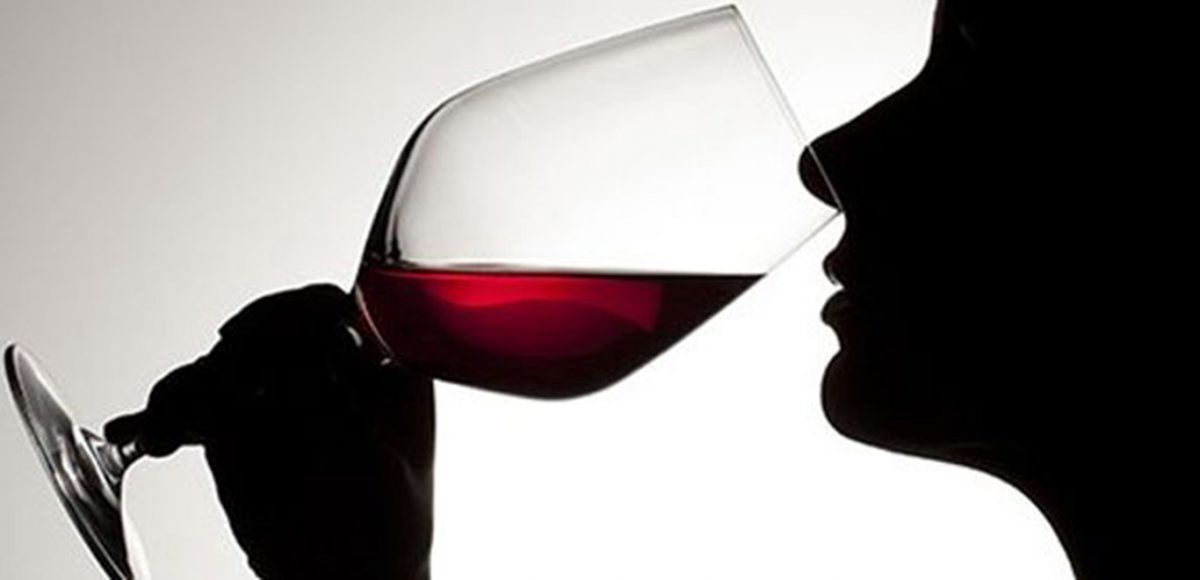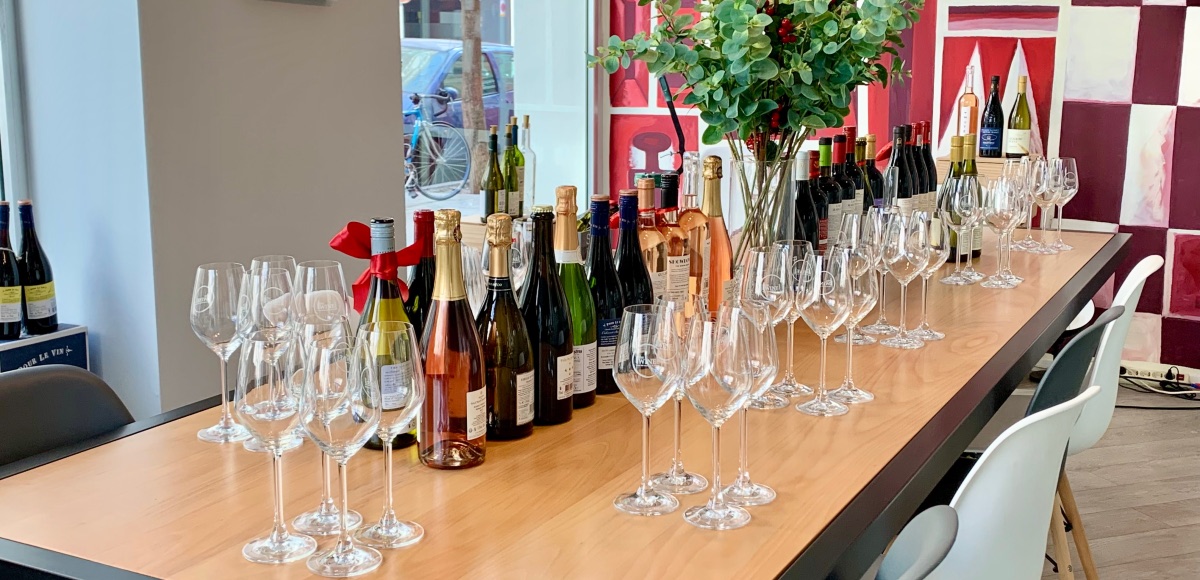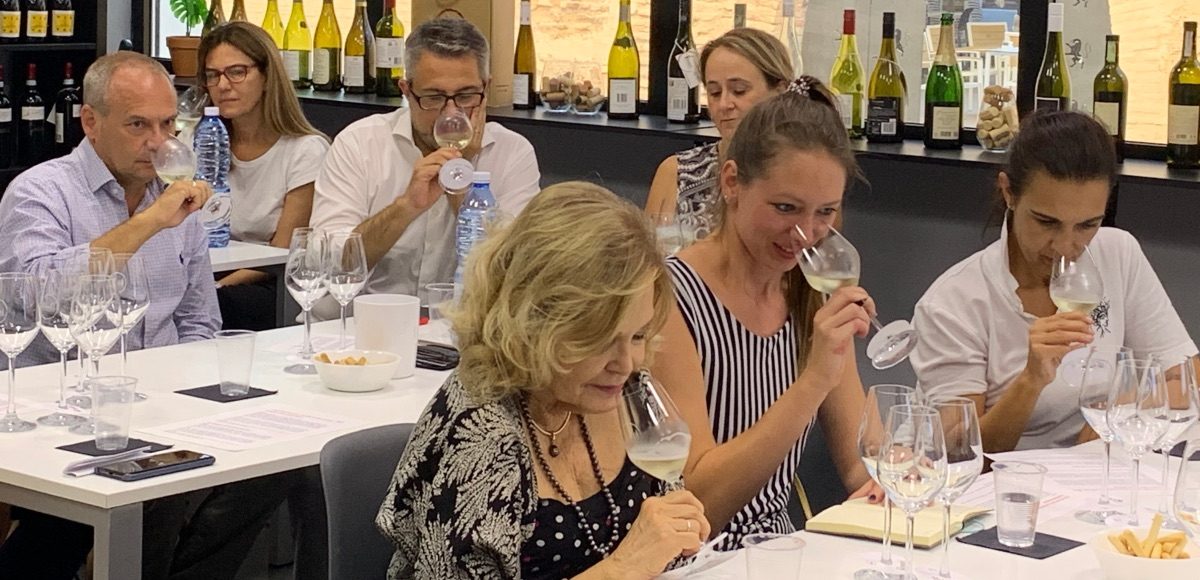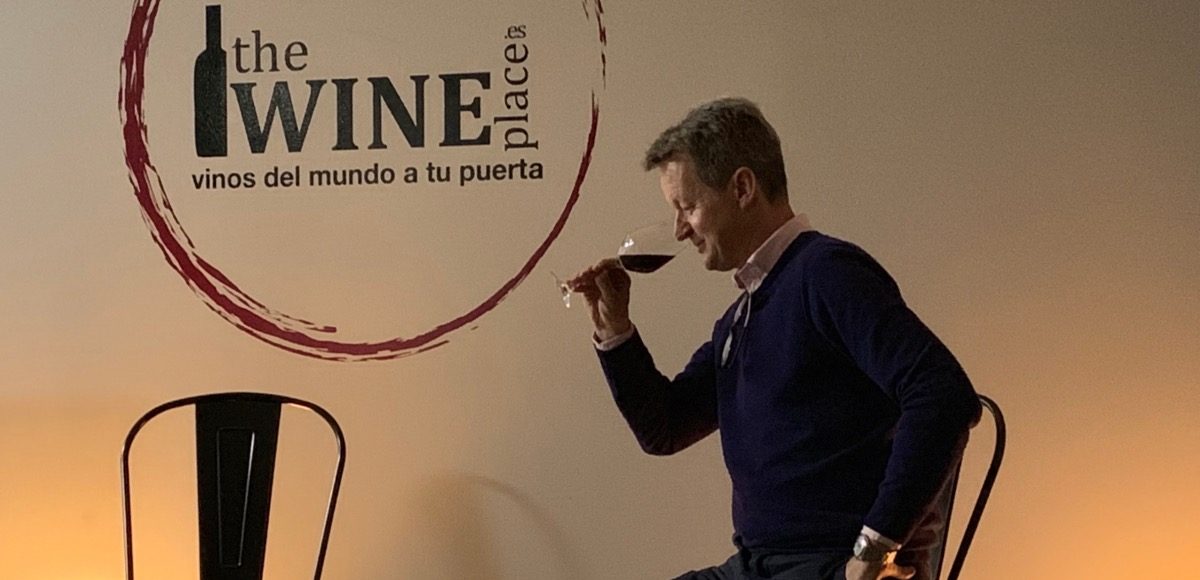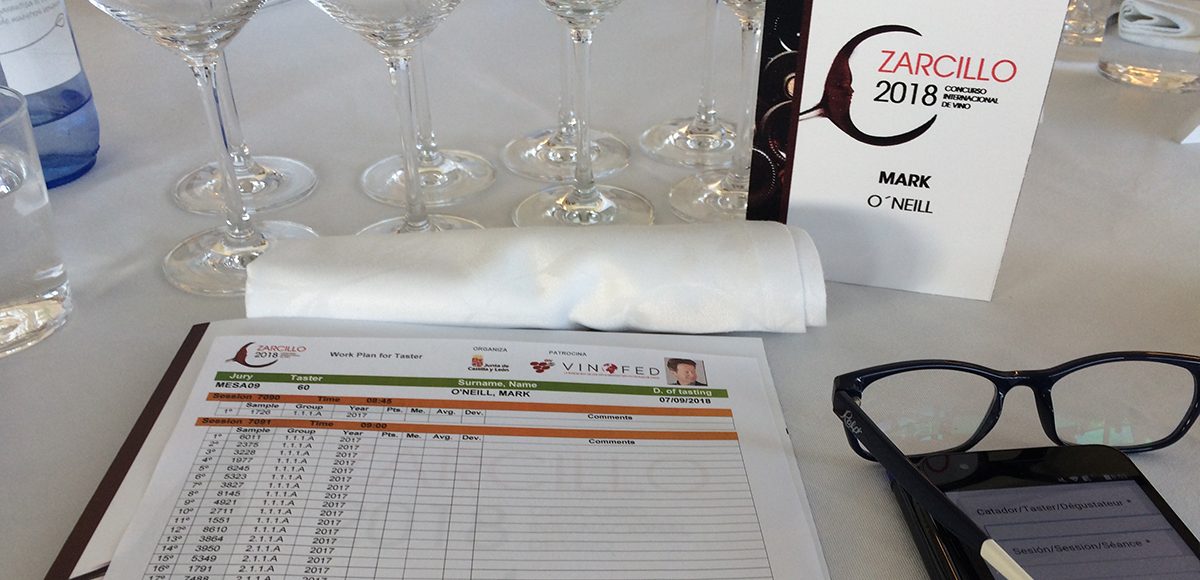Still want to get your ‘palate’ in shape and get your senses working? The more you practise the following simple steps the more you will enjoy the your wine.
Firstly, how does it look? Seems simple enough but in just a few seconds you are already assimilating useful information.
- Colour – just by tilting the glass and looking at the colours that form an arc you can get an idea of the age and condition of the wine To start with the age; Bright purple/violet or bluish colours tend to indicate a young wine. Brownish/earthy/orange tinges indicate a wine that is older.
- Viscosity or wine legs – After swirling the glass look at the ‘legs’ on the sides of the glass. These indicate the amount of alcohol and or residual sugar present in the wine. The thicker the ‘wine legs’ suggests a wine with a higher level of alcohol. A sweet white wine with a high level of natural residual sugar will be notable by the clear liquid clinging to the side of the glass.
- Opacity – can be an indicator of age, grape variety and body of the wine. Some grape varieties, such as Merlot have a deep quite opaque colour while a Pinot Noir can be quite pale in comparison.

What does it Smell like? – this is really important part of the tasting process to often overlooked by wine drinkers. Swirl the wine, put you nose into the glass and inhale sharply. This takes a bit of practise but in time will become second nature.
- Notice the primary aromas, such as berries, fruits and flowers.
- Then the secondary aromas such as the oak, vanilla, baking yeast, smokiness.
- It’s normal at first to think ‘I don’t notice anything, just smells like wine’. It could be that the wine is fairly bland, however, this is not something you will find with the wines from TheWinePlace.es, we strive to find wines with varietal and regional character for you to discover.
How does it taste? Take time to slurp the wine, let your pallet swim in the wine to get all the flavours and sensations.
Two key elements to bear in mind here – flavour and structure.
- Fruit flavours such as strawberry, blackcurrants, lichee, citrus fruits.
- Structure is determined by the body, acidity, sweetness and tannins.
Did you enjoy it? Did it make you sit up and take notice? What particularly impressed you about the wine? Bit by bit you will develop you own style preferences but more importantly you want to keep learning and developing your taste profile.
We welcome your comments and questions so let us know what you think.






